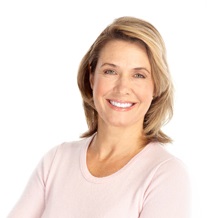Which Problems Can Upper Blepharoplasty Fix?
Do you have droopy eyelids? If so, you’re not alone! Droopy eyelids are a huge reason why people turn to upper-eyelid surgery, also known as upper blepharoplasty, to remove excess skin from the upper eyelids. This leaves the eyes looking more youthful and less saggy.
Why Do Our Upper Eyelids Sag?
As we age, the skin of the upper eyelids begins to lose its elasticity. This, combined with the natural pull from gravitational forces, can lead to excess sagging skin. Excess skin on the upper eyelids can droop over a person’s eyelashes and impede vision.Why Should You Undergo This Surgery?
If you want to improve the appearance of your eyes and get an alert look, you certainly should consider undergoing an upper blepharoplasty. This procedure is suitable for people with wrinkles on their eyelids, eyelid puffiness, and sagging lids.Ideally, it is done for people who are above thirty-five years of age. However, those who are genetically predisposed to droopy eyelids can consider this surgery at an earlier age.
Upper blepharoplasty can significantly improve your appearance by removing signs of the aging process from the upper eyelids. Drooping upper eyelids and fine age lines can make a person look constantly tired or older than they really are.
Who Shouldn’t Get This Procedure?
You need to be in good health so that the surgery does not lead to any other complications. Smokers are advised to avoid this surgery or give up smoking several weeks prior to the operation. Smoking increases the chances of complications after undergoing an upper-blepharoplasty procedure.If your condition is affecting your vision, you may have an eye exam conducted by an ophthalmologist. Dr. Yamamoto evaluates other eye-related conditions like a dry eye and eye diseases before deciding if you're able to safely get an upper blepharoplasty. It is highly essential to get a consultation done with Dr. Yamamoto prior to the surgery.








